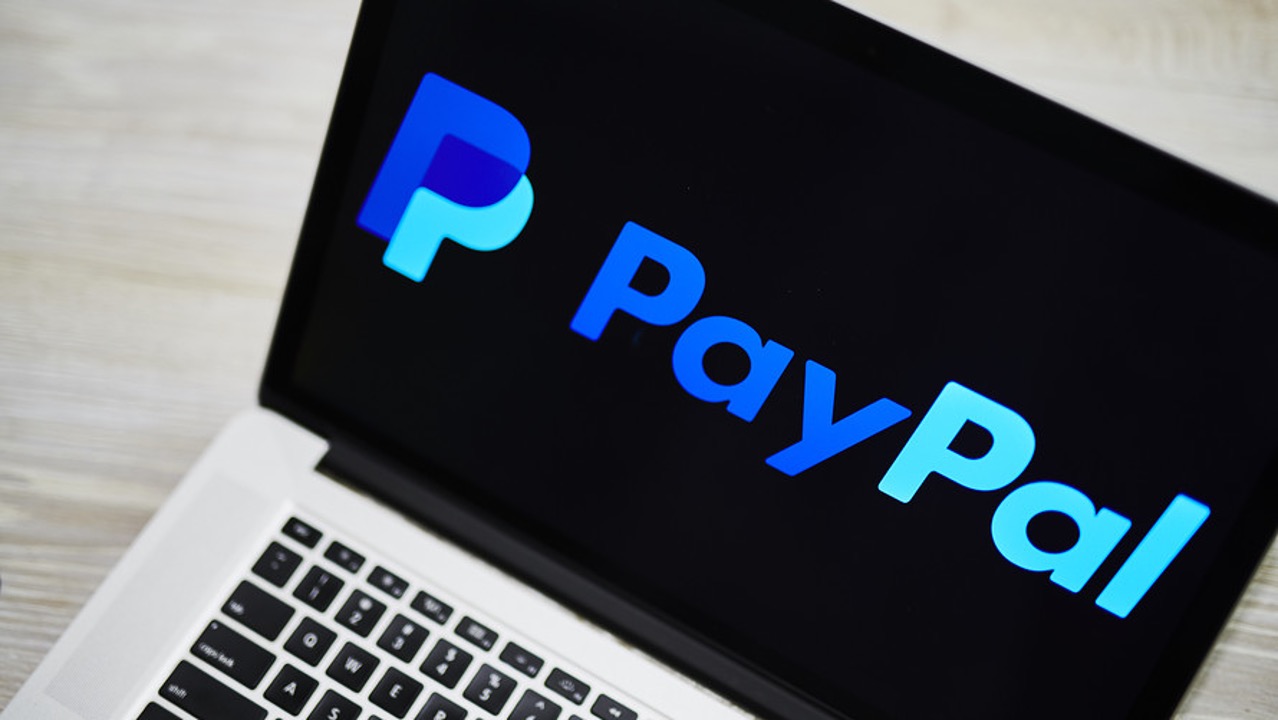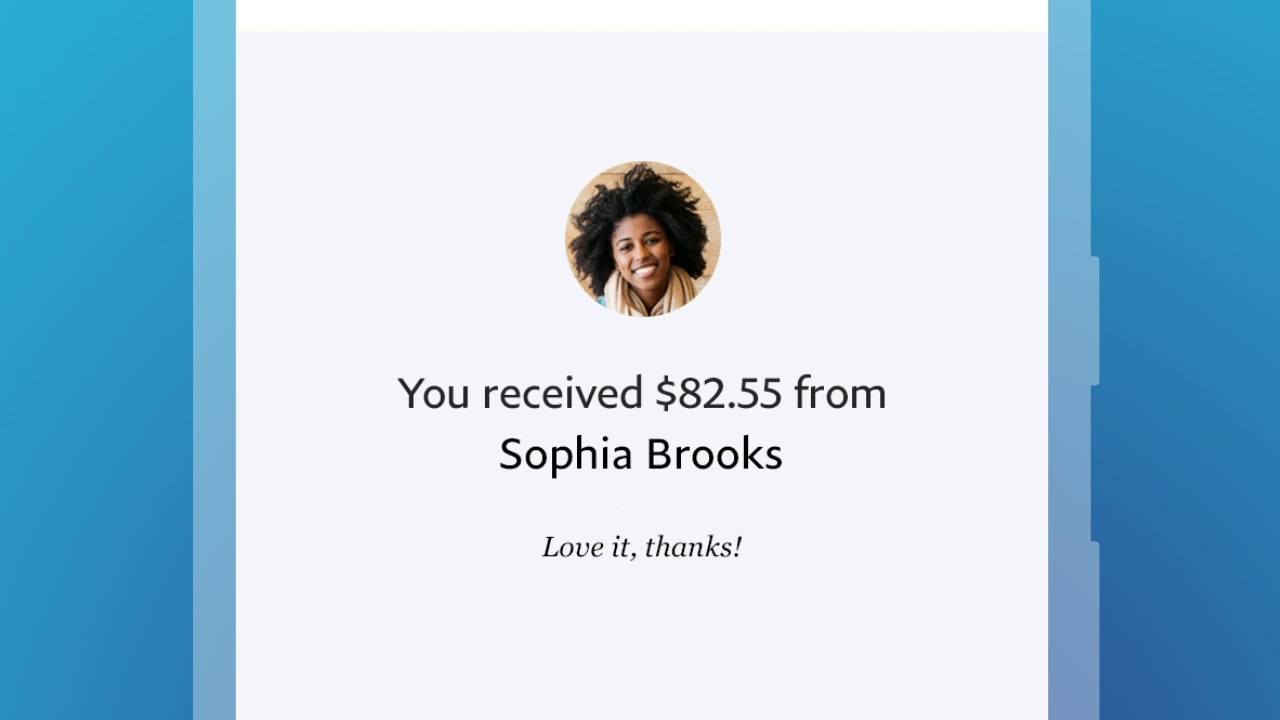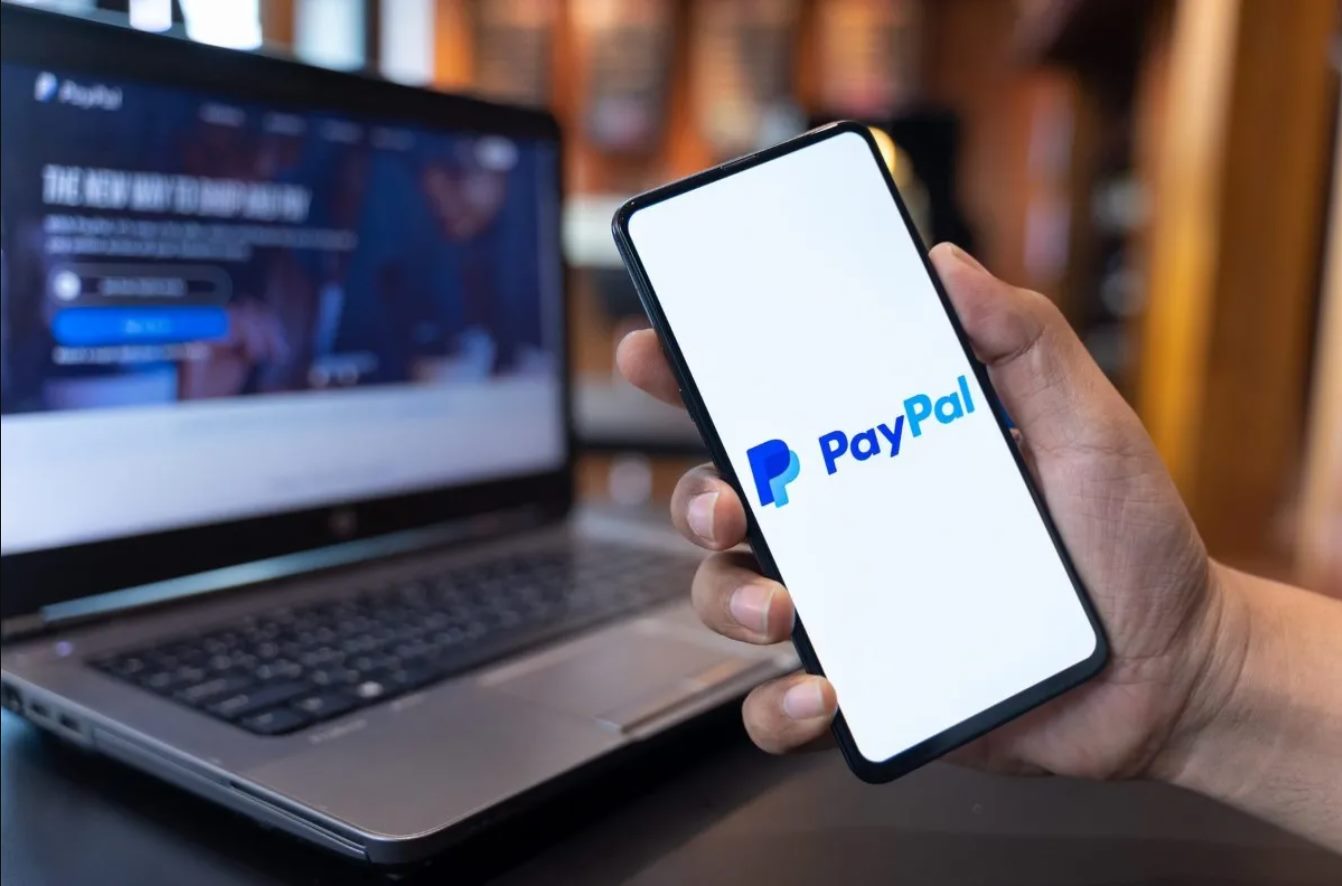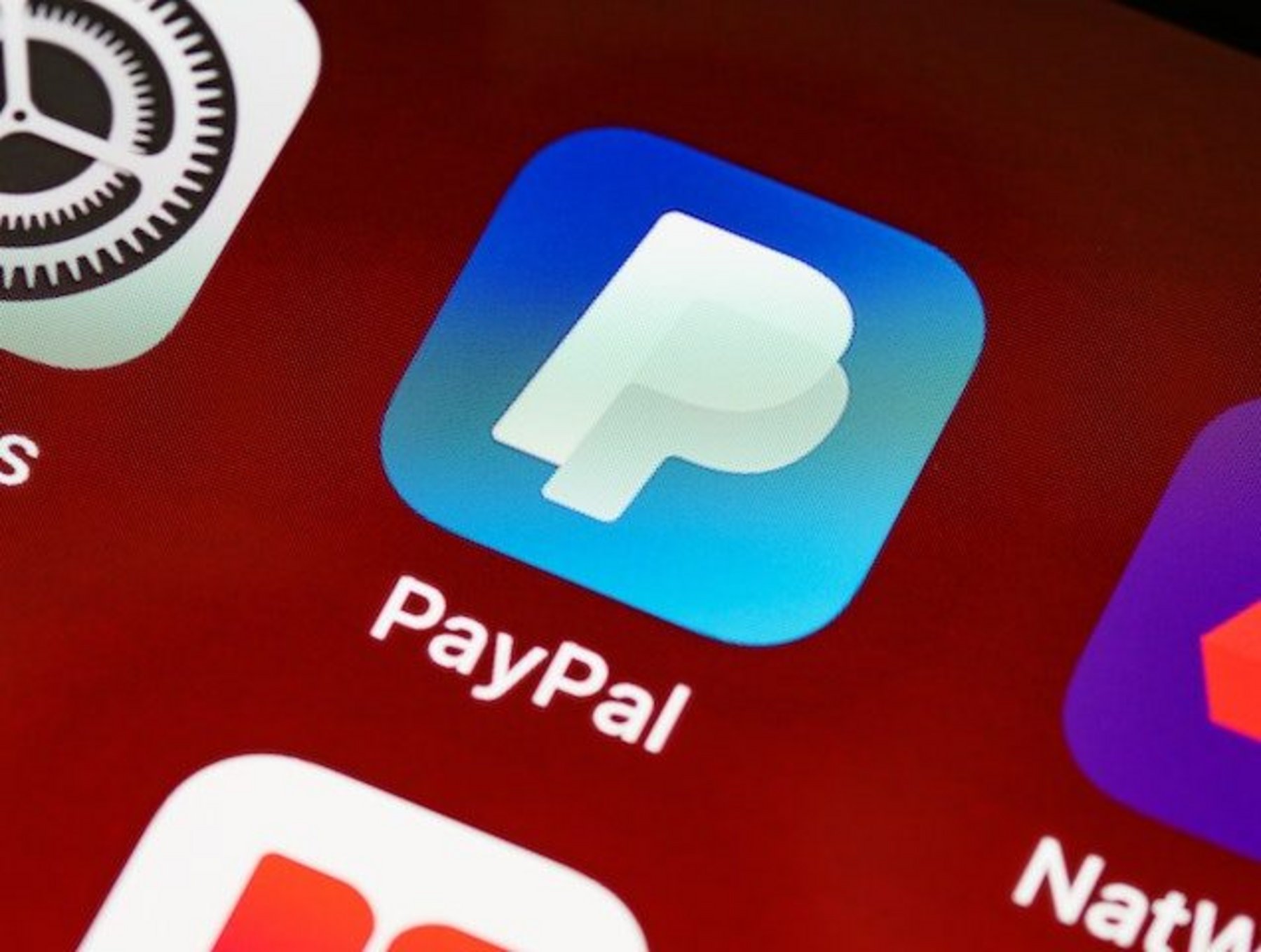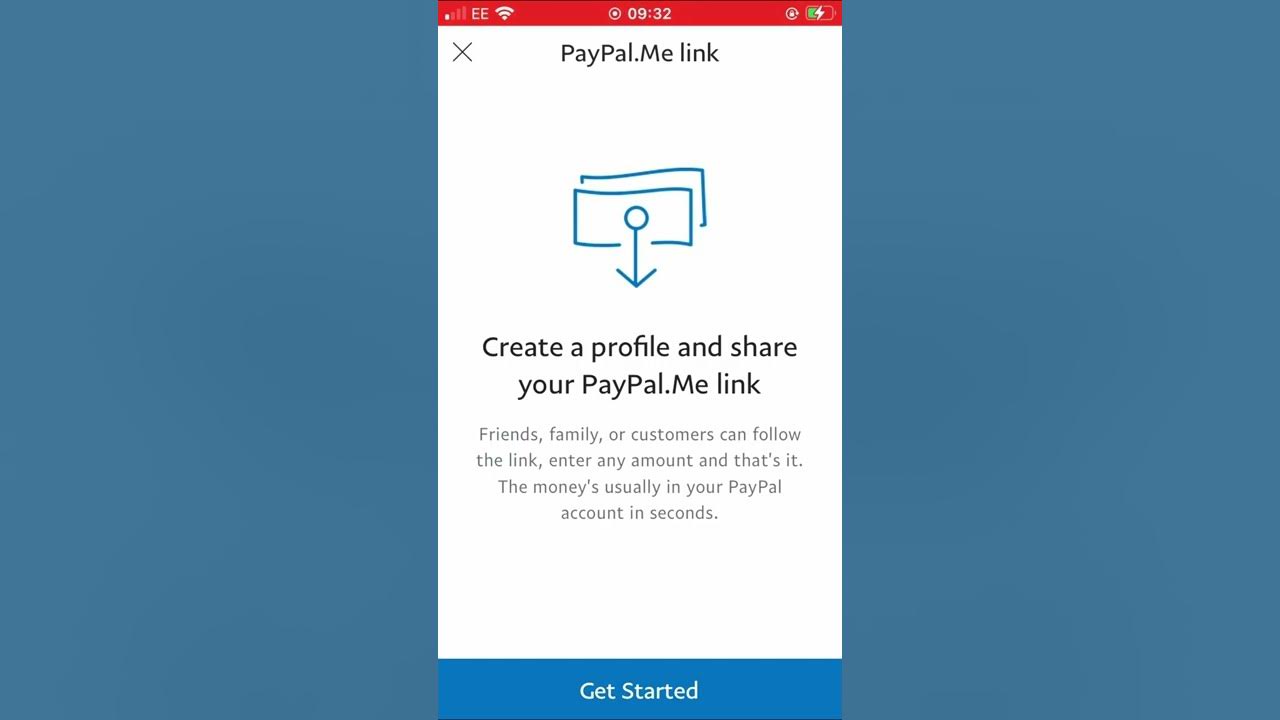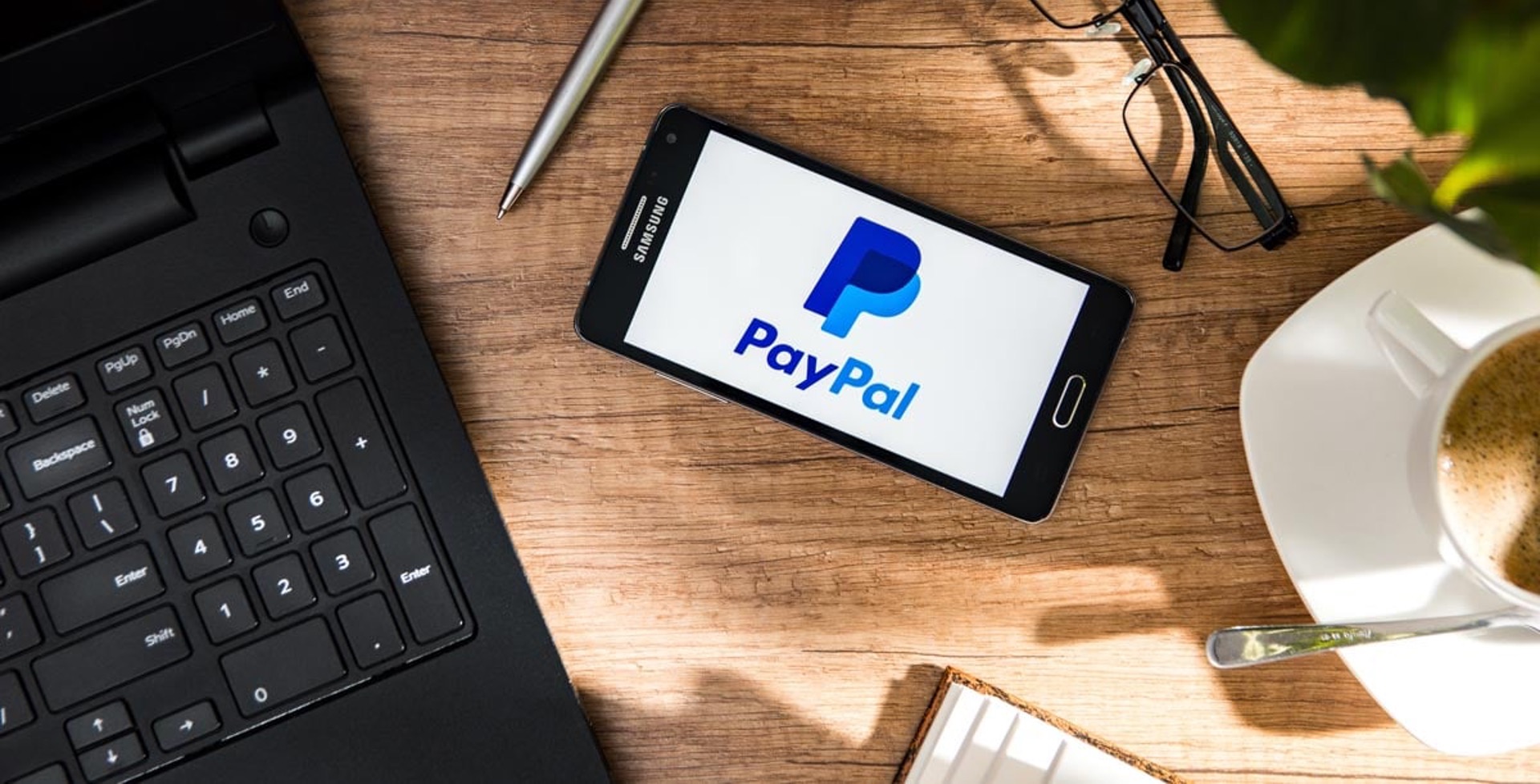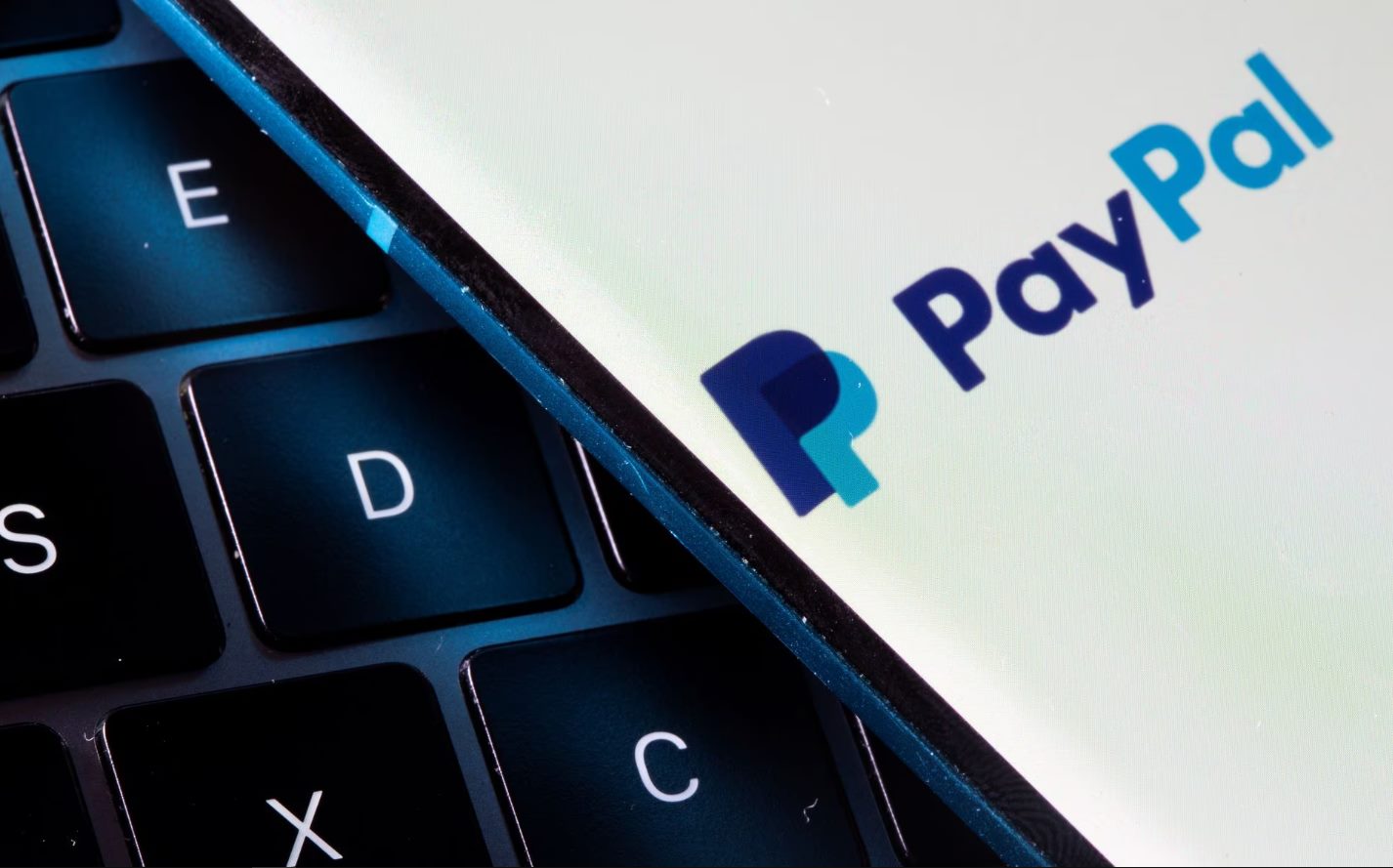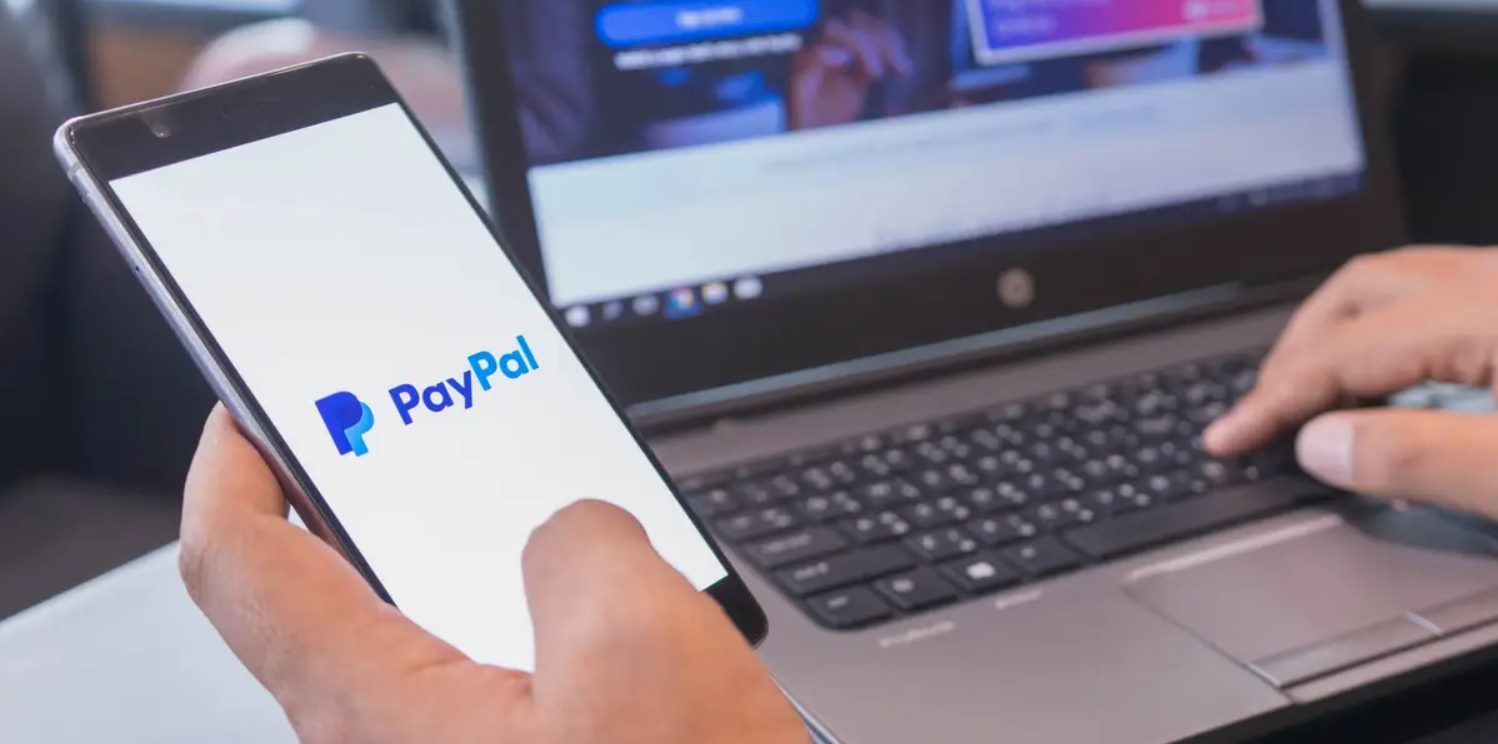Introduction
Welcome to our guide on how to email PayPal! As one of the most popular online payment platforms, PayPal offers a convenient and secure way to send and receive money online. However, there may be times when you need to reach out to PayPal’s customer service or inquire about business-related matters via email.
In this article, we will walk you through the process of emailing PayPal customer service and provide tips on how to effectively communicate your concerns or inquiries. Whether you are a PayPal user facing a technical issue or a business owner seeking assistance with transactions, this guide will help you navigate the email support system effectively.
Understanding how to email PayPal can be beneficial in various situations. Perhaps you encountered an unexpected error during a transaction, need clarification on a specific PayPal policy, or want to inquire about services tailored to your business needs. By mastering the art of emailing PayPal, you can ensure that your questions are answered promptly, enabling you to make the most of this versatile platform.
So, let’s dive into the step-by-step process of contacting PayPal’s customer service through email. Whether you’re a PayPal user or a business owner, this guide will equip you with the necessary knowledge and tips to communicate effectively with PayPal’s support team.
Why Email PayPal?
When it comes to addressing concerns or inquiries with PayPal, emailing their customer service is often the most convenient and efficient method. Here are a few reasons why you should consider using email to communicate with PayPal:
- Clear Documentation: Emailing PayPal allows you to maintain a written record of your communication. This can be incredibly helpful if you need to refer back to the conversation in the future or if you encounter any issues with your account that require proof of your previous interactions.
- Convenience: Emailing PayPal’s customer service allows you to reach out at any time, without the limitations of business hours. It offers flexibility, allowing you to compose a detailed message at your own pace and attach any necessary documents or screenshots to provide additional context.
- Thoughtful Communication: Unlike phone calls where you may feel rushed or forget certain details, email gives you the opportunity to carefully craft your message and ensure that you have included all the necessary information. This allows for clear and concise communication, eliminating any misunderstandings that could arise during a phone conversation.
- Business Inquiries: If you are a business owner or entrepreneur, emailing PayPal is a practical way to inquire about their services tailored to business needs. Whether you have questions about payment solutions, merchant services, or integrating PayPal into your website, email allows you to communicate your specific requirements and receive detailed information.
- Accessibility for International Users: For those located outside of PayPal’s primary service areas, email provides a reliable means of communication. It eliminates the need for international calling and ensures that you can get your message across regardless of geographic location.
By leveraging the benefits of emailing PayPal, you can effectively communicate your concerns, seek assistance, and receive timely responses. In the next sections, we will guide you through the process of emailing PayPal’s customer service and provide tips to help you make the most out of your communication.
How to Email PayPal Customer Service?
Contacting PayPal’s customer service via email is a straightforward process. To ensure that your email reaches the right department and receives a prompt response, follow these steps:
- Log in to your PayPal account: Access your PayPal account by visiting www.paypal.com and entering your login credentials.
- Visit the Help Center: Once logged in, click on the “Help & Contact” link located at the bottom of the page. This will take you to the PayPal Help Center.
- Choose the appropriate topic: In the Help Center, you will find a vast range of topics and subtopics. Click on the category that best matches the nature of your inquiry. For example, if you have issues with a transaction, select “Problems with Transactions” or if you require assistance with a PayPal feature or policy, choose the relevant category.
- Click on the “Email” option: Under the selected topic, you will find various options for contacting PayPal’s customer service. Look for the “Email” or “Message Us” option, which is usually available for non-urgent matters.
- Fill out the email form: Once you click on the “Email” option, you will be directed to an email form. Fill out the required fields, including your name, email address, and a detailed description of your issue or inquiry.
- Attach any relevant documents or screenshots: If necessary, you can attach supporting documents or screenshots to provide additional context for your inquiry. This can help PayPal’s customer service better understand and address your concerns.
- Review and send your email: Before hitting the send button, make sure to review your email for accuracy and completeness. Double-check that you have provided all the necessary details and explained your issue or inquiry clearly.
Once you have successfully sent your email, you should receive an automated email confirmation from PayPal acknowledging the receipt of your message. The actual response time from PayPal’s customer service may vary, but typically, you can expect a reply within a few business days.
Remember, when emailing PayPal’s customer service, it is essential to be respectful, provide all relevant information, and clearly articulate your concerns or inquiries. This will help ensure that you receive a helpful and accurate response from PayPal’s support team.
Now that you know how to email PayPal’s customer service, let’s move on to the next section, where we’ll provide guidance on emailing PayPal for business inquiries.
How to Email PayPal for Business Inquiries?
If you are a business owner or entrepreneur seeking assistance or information regarding PayPal’s services for businesses, contacting PayPal via email is an effective way to communicate your specific needs. Follow these steps to email PayPal for business inquiries:
- Log in to your PayPal account: Start by logging in to your PayPal account using your credentials through the official PayPal website – www.paypal.com.
- Go to the PayPal Business website: Once you are logged in, click on the “Business” tab located at the top of the page. This will take you to the PayPal Business website.
- Navigate to the “Contact Us” page: On the PayPal Business website, look for the “Contact Us” link or button. This may be located in the header or footer of the page.
- Select the appropriate category: On the “Contact Us” page, you will find a list of categories that cover various aspects of PayPal’s services for businesses. Choose the category that best aligns with your inquiry or request.
- Choose the “Email” option: Once you have selected the appropriate category, you will be presented with different contact options. Look for the “Email” or “Message Us” option, which will allow you to send an email regarding your business inquiry.
- Provide detailed information: In the email form, provide detailed information about your business and the specific inquiries or requests you have for PayPal. Be as specific as possible to ensure that PayPal’s support team can understand your needs accurately.
- Include relevant documents and attachments: If you have any supporting documents, such as business registration documents, sales reports, or any other files pertinent to your inquiry, attach them to the email. This will provide additional context and help PayPal’s customer service provide more tailored assistance.
- Review and send your email: Before sending your email, review the contents to ensure that you have included all the necessary details and that your inquiry is clear and concise. Once you are satisfied, click the send button to submit your email to PayPal’s customer service.
Once you have sent your business inquiry email to PayPal, you should receive an automated confirmation email acknowledging the receipt of your message. The response time from PayPal’s customer service may vary, but generally, you can expect a reply within a few business days. PayPal’s customer service team will address your inquiries and provide guidance tailored to your business needs.
Remember to maintain professionalism and provide all relevant information when emailing PayPal for business inquiries. This will help ensure that PayPal’s support team can assist you effectively and provide the necessary guidance to meet your business requirements.
Now that you know how to email PayPal for business inquiries, let’s move on to the next section, where we’ll provide some tips to keep in mind when emailing PayPal.
Tips for Emailing PayPal
When emailing PayPal, it’s important to keep a few tips in mind to enhance the effectiveness of your communication and increase the chances of receiving a prompt and helpful response. Here are some tips to consider:
- Be clear and concise: Clearly explain the reason for your email and summarize your query or concern in a concise manner. This helps PayPal’s customer service team understand your needs quickly.
- Provide sufficient details: Include all relevant information about your account, transactions, or any other pertinent details that are necessary for PayPal to assist you effectively. The more information you provide, the easier it will be for them to address your concerns accurately.
- Use a descriptive subject line: Craft a subject line that accurately reflects the content of your email. This helps PayPal’s customer service team identify the nature of your inquiry at a glance and prioritize their responses accordingly.
- Attaching documents and screenshots: If you need to share any documents or screenshots with PayPal, ensure that they are clear and relevant to your inquiry. Label the files with descriptive names so that they can easily be identified.
- Be polite and professional: Maintain a respectful tone throughout your email. Being polite and professional will not only create a positive impression but also increase the likelihood of receiving a helpful and prompt response.
- Proofread your email: Before hitting the send button, carefully review your email for any errors or omissions. Ensure that your message is coherent and free of grammatical mistakes to avoid any misunderstandings.
- Follow up politely if necessary: If you haven’t received a response within a reasonable time frame, it’s acceptable to follow up politely. However, make sure to give PayPal’s customer service team sufficient time to address your inquiry before sending a follow-up email.
- Keep your email secure: Remember to avoid including any sensitive personal or financial information in your email. PayPal’s customer service team will never request such information via email, so exercise caution to protect your account’s security.
- Consider alternative support channels: While email is a convenient way to reach out to PayPal, keep in mind that they also provide telephone and chat support. If your inquiry requires immediate assistance or if you prefer real-time communication, consider exploring these alternative support channels.
By following these tips, you can maximize the effectiveness of your email communication with PayPal and increase the likelihood of receiving the assistance you need. Remember, clear and concise communication, along with providing relevant details, will help PayPal’s customer service team address your inquiries efficiently.
Now that you have some valuable tips for emailing PayPal, let’s move on to the next section, where we’ll discuss the typical response time for emails sent to PayPal’s customer service.
How Long does PayPal take to respond to emails?
The response time for emails sent to PayPal’s customer service can vary depending on various factors, including the nature of the inquiry and the volume of incoming emails. While there is no definitive answer to how long it will take to receive a response, PayPal aims to address customer inquiries promptly.
In general, you can expect to receive a response from PayPal’s customer service within a few business days. However, during periods of high customer demand or technical issues, it may take a bit longer for their team to get back to you.
PayPal understands the importance of timely assistance, especially for urgent matters or time-sensitive issues. If you require immediate assistance or have an urgent concern, it is recommended to contact PayPal’s customer service via phone or live chat, as these channels provide real-time support.
When emailing PayPal, it’s essential to be patient and allow sufficient time for their customer service team to thoroughly review and address your inquiry. Remember, they receive numerous emails daily, and it takes time to provide thoughtful and accurate responses to each customer.
If you haven’t received a response within a reasonable time frame, and your inquiry is time-sensitive or critical, you can consider following up with PayPal’s customer service. However, ensure that you approach the follow-up email politely and allow them sufficient time to address your initial inquiry.
It’s worth noting that PayPal also provides an extensive Help Center and Community Forum where you can find answers to common questions and seek assistance from fellow PayPal users. These self-help resources can provide immediate answers to many common issues and may minimize the need to wait for a response from customer service.
While exact response times may vary, rest assured that PayPal strives to provide timely and accurate support to their customers. By contacting them via email and being patient throughout the process, you increase the chances of receiving the assistance you need.
Now that you have an understanding of the typical response time from PayPal’s customer service, let’s wrap up this guide.
Conclusion
Learning how to email PayPal effectively can be invaluable when seeking assistance or information regarding your PayPal account or business inquiries. By following the steps outlined in this guide and implementing the tips provided, you can enhance your communication with PayPal’s customer service, increasing the chances of receiving prompt and helpful responses.
We explored the process of emailing PayPal’s customer service, which involves logging into your account, navigating to the Help Center, selecting the appropriate topic, and utilizing the email option to send your inquiry. Additionally, we discussed how to email PayPal for business-related matters, emphasizing the importance of providing detailed information and attaching relevant documents.
Furthermore, we provided helpful tips for emailing PayPal, such as being clear and concise in your email, providing sufficient details, and using a descriptive subject line. We also highlighted the importance of professionalism, proofreading your email, considering alternative support channels, and maintaining the security of your account.
While the response time for emails sent to PayPal’s customer service may vary, it is generally expected to receive a reply within a few business days. However, if your inquiry is urgent, you may want to explore other support options, such as phone or live chat.
Remember, effectively communicating your concerns or inquiries to PayPal’s customer service is crucial for receiving the assistance you need. Be patient, follow the proper channels, and provide all the necessary information to maximize the chances of a satisfactory resolution.
Whether you are a PayPal user or a business owner, mastering the art of emailing PayPal can empower you to navigate the platform confidently and address any concerns that may arise. Use this guide as a reference to email PayPal’s customer service with ease and ensure a smooth and efficient communication process.
We hope this guide has been helpful in equipping you with the knowledge and tips needed to email PayPal effectively. Leverage this information to make the most out of your PayPal experience and get the support you need for your online transactions or business inquiries.







